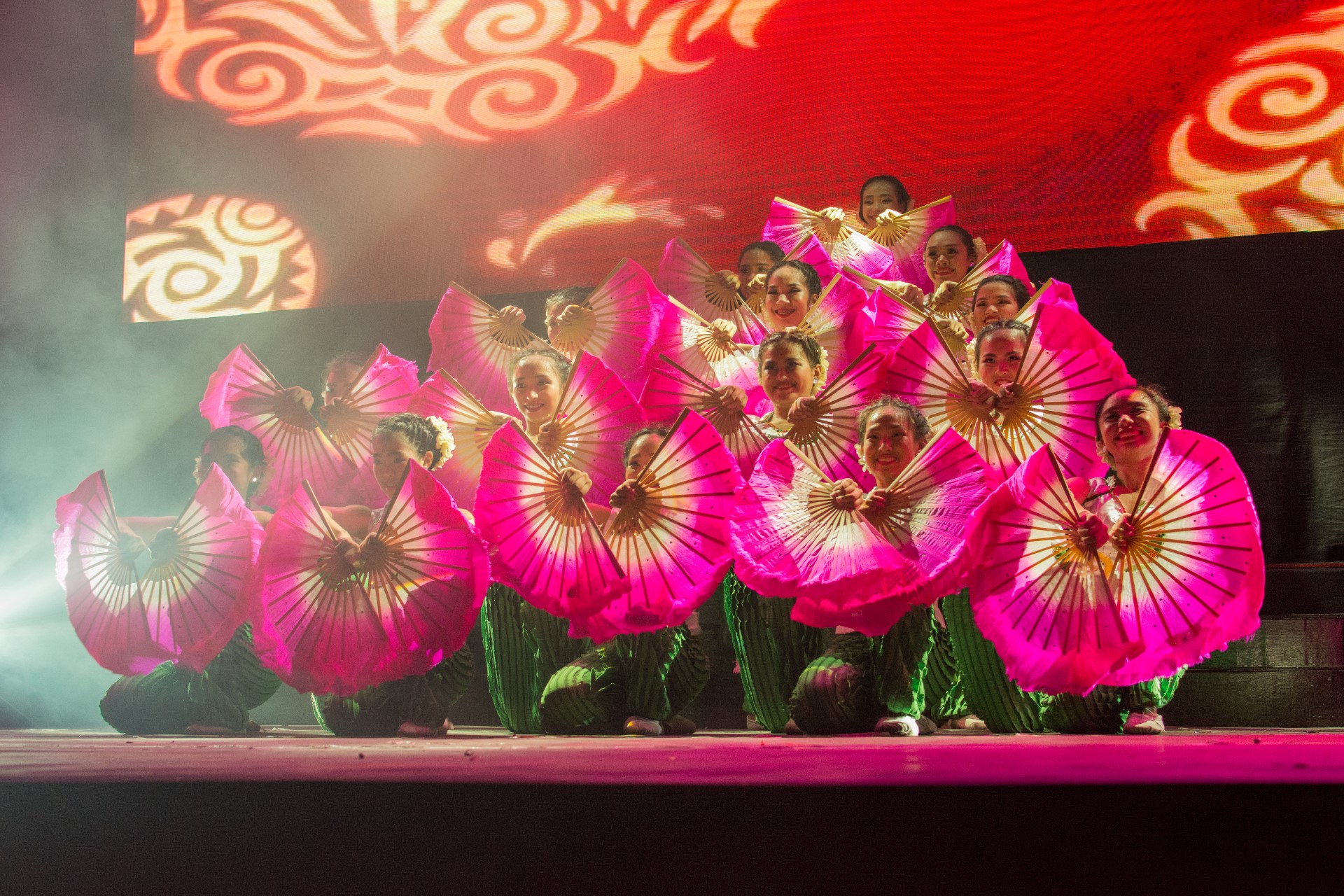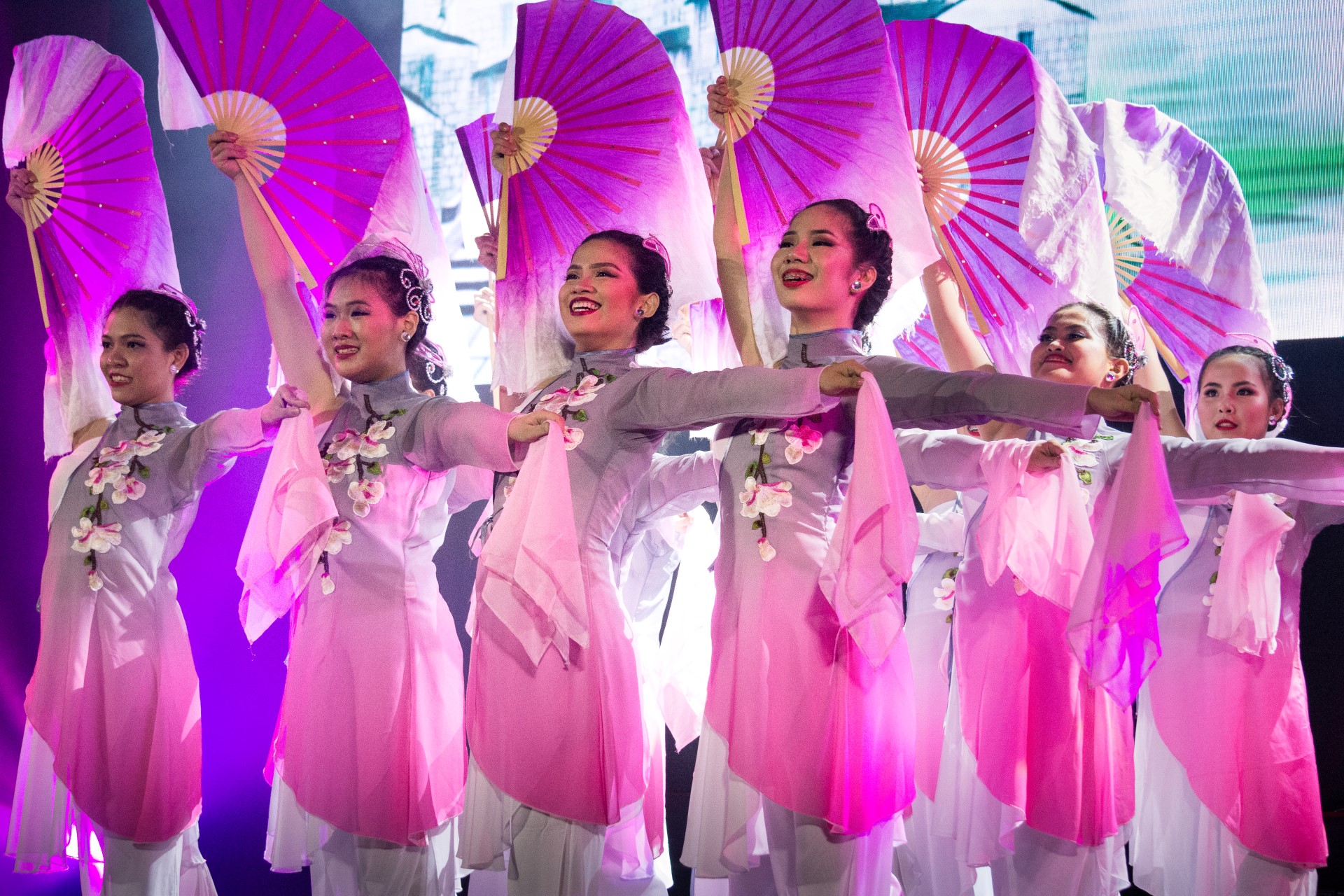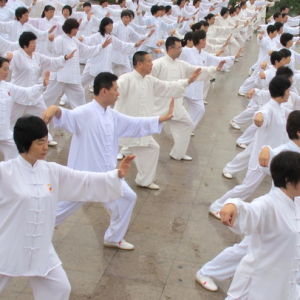Written by Nikka Gan
Edited by Patrick Ang and Aaron Medina
Cover Photo by Jemuel Pascual of the Philippine Cultural Dance Troupe
The Chinese culture, as we all know, is one with many colors and depths. In this time and age of constant change, it is hard to stay true to our roots. However, dance is something that everyone can appreciate, no matter how much the change. It is the language of the body, a way of communicating with other cultures and people. As a lot of the people in Ateneo de Manila University’s Filipino-Chinese community come from Chinese schools, it is safe to say that some of them may have seen traditional Chinese performances, particularly Chinese classical dances.
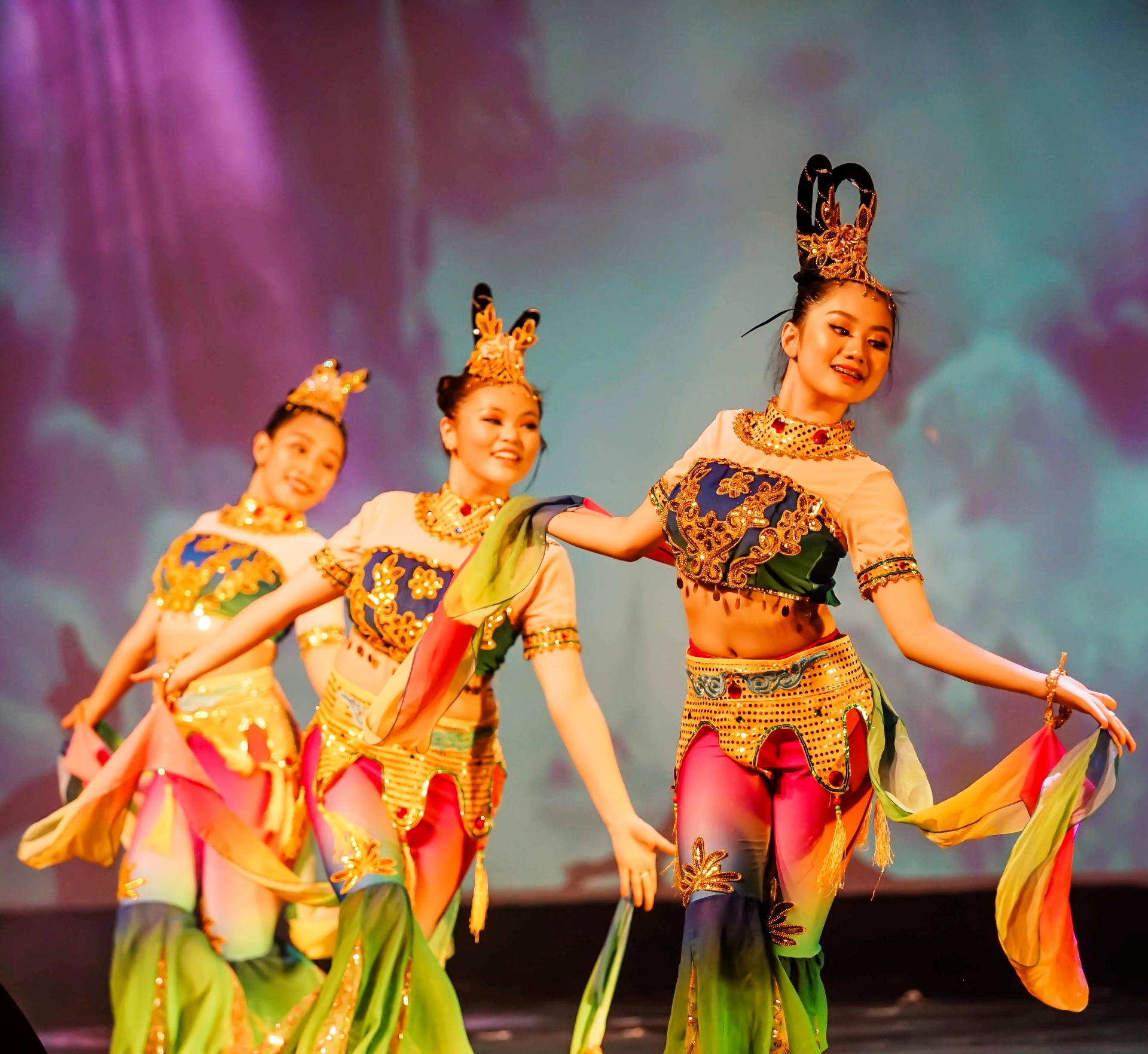
China is home to 56 tribes, each having their own unique culture, so it is rather difficult to place traditional Chinese dance in just one box. In fact, this art has been passed down through every era and dynasty in China’s history, picking up moves and styles along the way, which is why Chinese dance cannot truly have just one face. The dancers are trained to be able to move to the different forms and bearings needed for each tribal dance. The characters of the people can even be seen all the way from the costumes to the music.
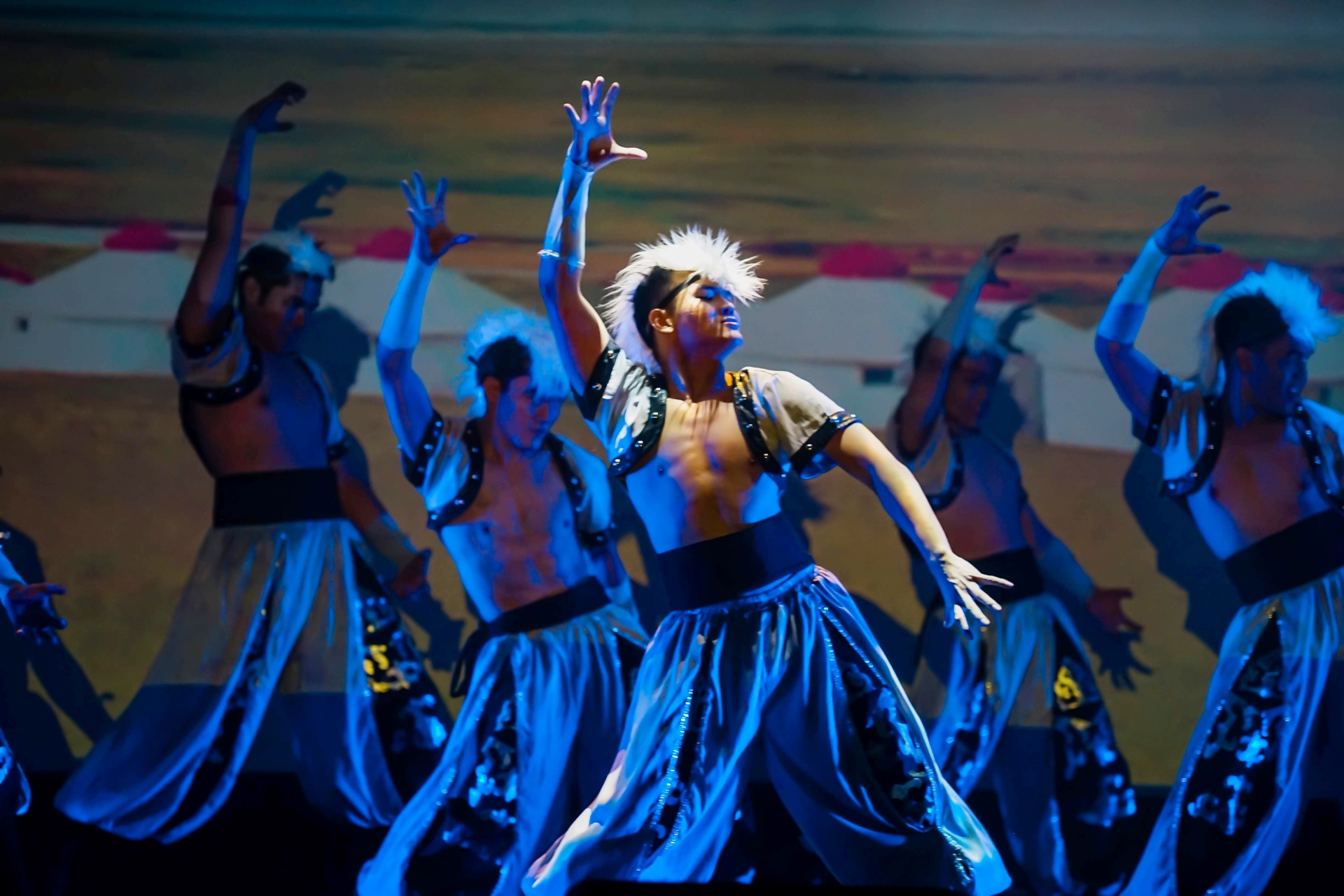
One of the most well-known types of Chinese dances is the Mongolian dance. Mongolian culture was a huge part of China’s culture formation. Mongolian dance is known for its regal forms and often shows sacred religious meanings, which are shown in every Mongolian-Chinese dance performance. Other common tribal styles include the Tibetan, Wa, Han, Yi, and many more.
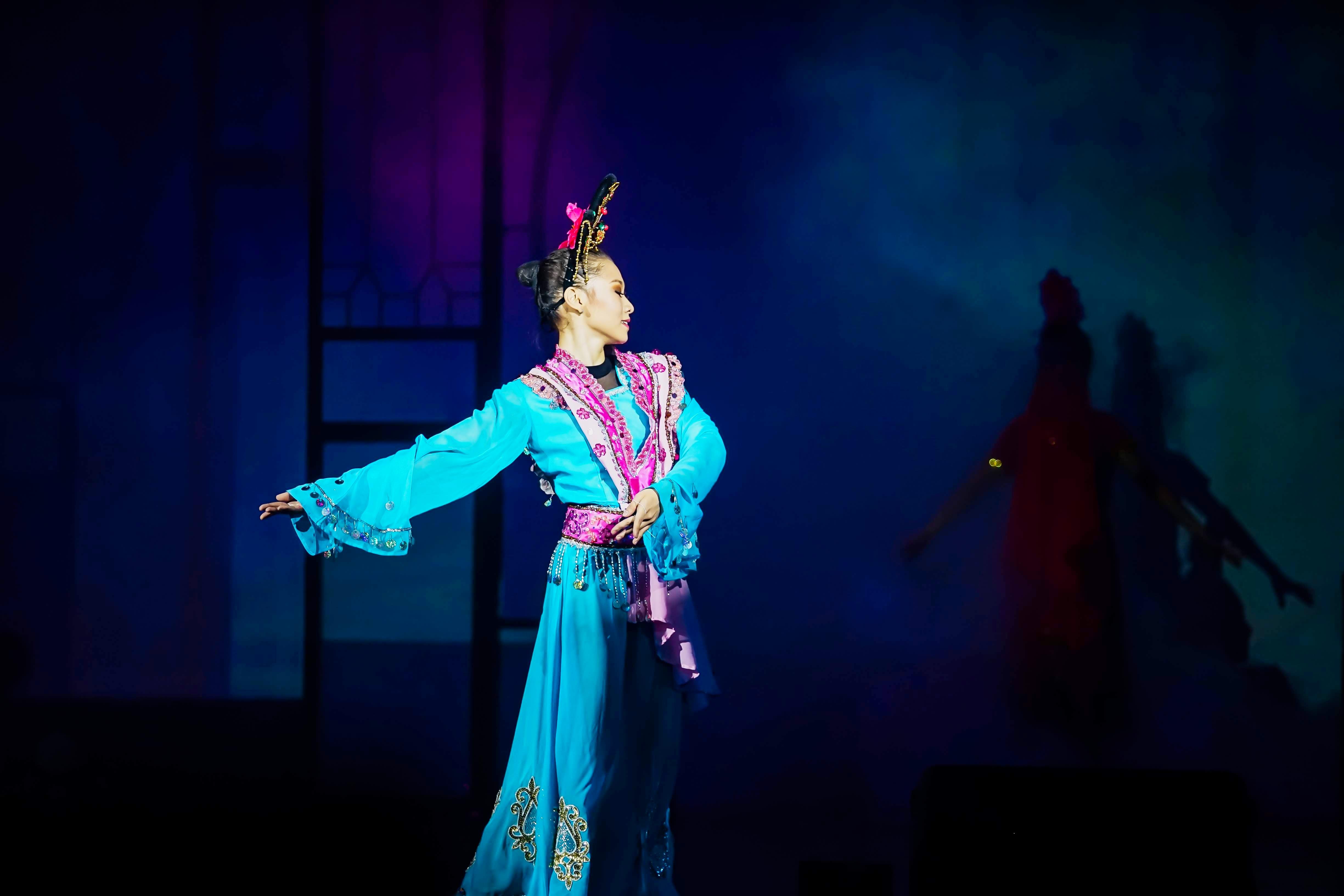
Chinese classical dancers are trained to have skills in various fields of dance, with the gracefulness and balance of ballet being an important aspect as this is the source of the dancers’ flexibility. It takes a lot of time to be able to truly capture the essence of how one moves in Chinese dances, so it takes perseverance and true interest for the art to achieve this. China is a hotpot of rich cultures and arts. Having Chinese classical dance being passed down in time through generations of people is proof of how much it shows the identity of each and every Chinese person in any country. Every move of a dancer shows stories, just like how a person’s actions reflect his or her character and cultural background. Because of this, promoting the art form is a great way to introduce one’s history to one’s friends. The versatility and uniqueness of this performance art reflect the character of China and its people; it is surely something to be proud of.
